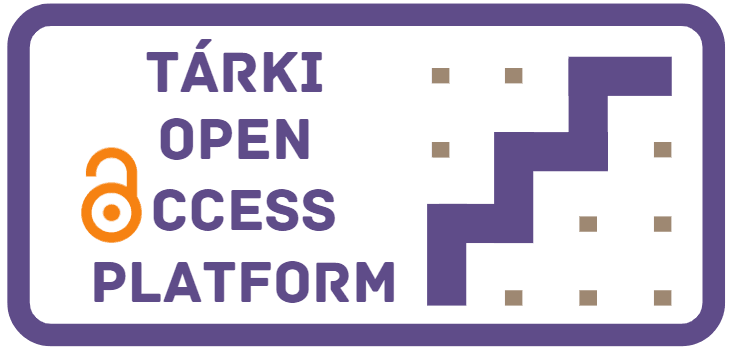Társadalmi osztályok és a társadalom önképe
letöltésKolosi Tamás; Pósch Krisztián
Társadalmi osztályok és a társadalom önképe
In their 2008 book Social class: How does it work? Annette Lareau and Dalton Conley lamented the fact that research into social class and social stratification did not receive enough scholarly attention. However, recently these topics have returned to the forefront of sociology. This resurgence is mostly attributable to the Great British Class Survey by Savage et al. (2013). Their work was inspired by Bourdieu, in that they identified three factors influencing social class membership: economic, structural and societal/social capital. Their findings received so much attention that the prestigious journal Sociology (3/2014) devoted a thematic issue to the commentaries generated by the study. It is indicative of the importance of Savage et al.’s (2013) publication that the Hungarian social science scene also responded quickly, and the Hungarian Academy of Sciences, in cooperation with GFK, designed a well-publicized study entitled Osztálylétszám 2014 [Class enumeration 2014]; for an account in English, see Albert et al. (2017). This research used cluster analysis and differentiated between eight classes; it found a broad lower class and a very narrow upper class, with a dwindling middle class. Overall the study depicted Hungarian society as pear shaped. Yet, for the purposes of this chapter, the most important commentary on this new perspective on social class is Bradley’s (2014) neo-Weberian criticism of it. In particular, Bradley took issue with three propositions. First, unlike the mainstream understanding of social class (as defined by Goldthorpe and his colleagues), this new Bourdieusian perspective assumes that economic, cultural and societal/social capital each has a very similar influence on someone’s social position. Yet, according to Bradley, this presumption is flawed: neither cultural nor social/societal capital is independent of an individual’s economic capital, but both are, in fact, the products of it. Bradley’s second – partly methodological – criticism is that it is much easier to capture the cultural capital of the upper classes (e.g. visits to museums) than it is to tap into the lower classes’ cultural consumption (which may involve going to the pub, do-it-yourself activities, and so on). This is problematic, as it can mask the social mobility of certain members of the lower classes. For instance, talented craftspeople could conceivably increase their income and wealth by improving their residential property through their handyman skills; but that would not change their social standing, as their cultural and social capital would remain unchanged. This informs Bradley’s third and final criticism: as equal weight is given to all three sources of capital, a manual worker with the same income as a professional could seem deprived – or of a lower class – purely on the basis of other factors that affect the person’s position. In other words, despite having a relatively high income, a person could be categorized as deprived due to having low social and cultural capital. Having considered these criticisms, this chapter follows the classic neoWeberian perspective, which is in line with other previous publications on the Hungarian social class structure (see, for instance, Fábián et al., 2000; Kolosi and Dencső, 2006; Kolosi and Keller, 2010). Thus, our approach argues that a person’s occupation and employment status is the best predictor of his (or her) opportunities, prospects and position in society. However, to broaden the scope of our inquiry, as well as occupational class we also include a person’s education and other pertinent economic variables. These factors allow us to go beyond the respondent’s social class membership and help establish his social status and place in the social hierarchy, thus revealing inequality and overall social stratification (Wright, 2008; Goldthorpe, 2008). This chapter contributes to the discussion of Hungary’s social class structure in three ways. First, using data from the European Social Survey (ESS), we provide an international comparison and show how occupational classes changed between 2002 and 2012 in Hungary, compared to other countries in the region and to most EU-15 countries. Second, relying on data from the 2001 and 2012 waves of TÁRKI’s Household Monitor survey, we use latent class analysis to assess the changes in social stratification over the past decade. Finally, harnessing data from the International Social Survey Programme (ISSP), we track changes in the subjective self-image of Hungarian society between 1999 and 2009 and juxtapose the results with those of other postcommunist and Western European countries. We also consider the reasons for this self-image and speculate as to anticipated changes in future perceptions.
